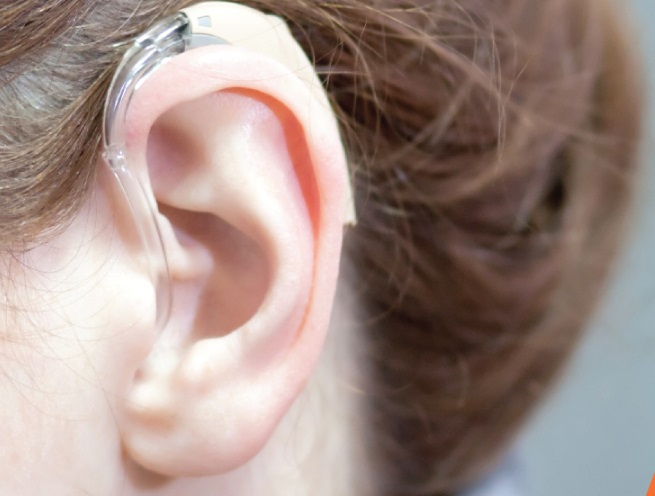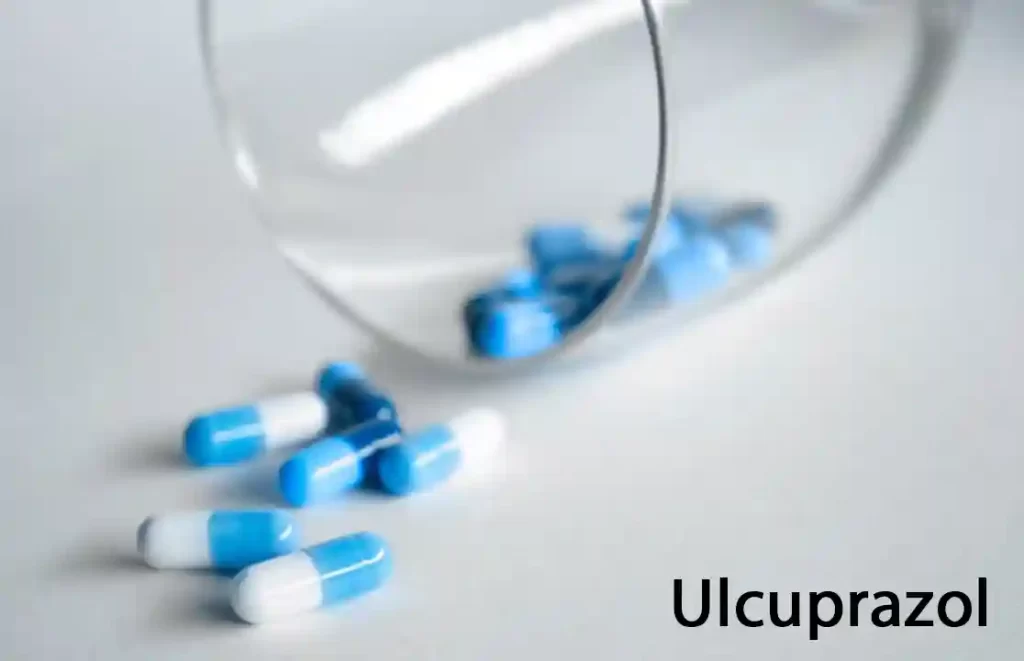
The holiday season is a great time for heartwarming stories, the kind that spotlight positive and meaningful impact caring people make on the lives of others.
One such story is the one about Solar Ear, a project that brings hope to hundreds of thousands of hearing-impaired people in the developing world.
Simply put, the solar ear is a low-cost hearing aid in India, which is charged with a solar-powered battery. These hearing aids are very economical for people in developing countries, not just conventional hearing aids, but they are also environment-friendly because these fossils reduce our reliance on fuel-based electricity and reduce toxic battery waste. – Those who are at risk for our health and the environment.
On the other hand, Sun provides millions of kilowatt clean, safe and affordable energy. We can not go wrong with her, can we?
Something New Under The Sun?
Solar-powered operated auditory battery is not a new concept. In fact, a year ago, Howard Weinstein, the founder of Solar ear, briefly told about healthy efforts to bring healthy and environmentally friendly batteries for the impoverished people in poor countries, for the short time, where the most wanted.
Around 275 million people worldwide estimate that there is deep hearing impairment in both ears. Most of them live in developing countries, in industrialized countries people with similar technology do not have access.
The World Health Organization estimates that more than 32 million hearing aids are needed annually in those countries, but the current annual provision is less than 1.5 million. As a result, only a small part of hearing impairments in poor countries wears hearing aids. And the place where Weinstein made the different world.
While working in the Peace Corps 15 years ago, a former Montreal plumber, Vanstein was assigned to a solar energy hearing aid project in Botswana, which was known as Godisa Technologies.
A fifth part of the price of the standard product – with a product, employee or funding, he managed to raise enough money and found technical expertise worth $ 100 to develop solar-powered auditory materials. The “Solar Year” device comes with a $ 1 rechargeable battery which lasted for three years. Together the charger can get electricity from either the sun or a wall outlet.
The concept was so novel that in 2009, Solar Aid won the Weinstein The Tech Award Laureate title, an international program that honors innovators who are using technology to benefit humanity. A year ago, he was awarded the Humanist Award from the American Academy of Audiology.
And, Waynesine went a step further by hiring workers deaf, a step that they see as a key to the success of the project. “They are capable of building at a world level because they are deaf.” Those who are deaf and speak in sign language, they have better eye coordination compared to listening to people, “he told us last year.” We need this special ability to micro-match small components for a hearing aid. “
At that time, Weinstein, who is now working outside of Brazil, hoped to take Ed to Jordan in Seoul, allowing him to reach the whole Middle East. Now, this project is ready to take off.
Mission of peace
“We are fully funded to launch the first solar ear program in the Middle East, where we will hire the deaf Israeli, Palestinian and Jordan youth, who will work together. “We have stakeholders, management staff and funds, which allowed us to start training in January 2011.”
As the Middle Eastern project is ready to stop, Solar Year is now developing a solar-powered, body-piercing hearing aid with a game that will sell for $ 20 and to sell this device in the developing world Will use micro-entrepreneurs.
Innovative Approach
Weinstein speaks a sad statistic: In rich countries, there is an audiologist for every 10,000 people. In poor countries, an audiologist serves 1-5 million people. To stop that gap, new products, and distribution models have to be developed.
Together with the Design That Matters, a non-government organization, Cambridge MA will develop a non-profit three solar-powered, body-wear hearing aids located in a Solar ear.
“Just think about reading glasses in a pharmacy,” he explains. “We will do the same with hearing aid. In developing countries, there are more than 300,000 micro-enterprises who are selling various types of products and services – eye testing, blood pressure test, etc. We are also working with a wonderful German company, Paith Medical, who has developed a language-neutral hearing screening test. This tool is also perfect for micro-entrepreneurs because the result will indicate which hearing needs a person and if the person should visit a professional because the results of the test show a more serious problem. “
An Ambitious Project
It goes without saying that money is needed to reach such a far-reaching project and reach the growing number of people. Fortunately, Weinstein has been able to raise money to enable him to develop and expand the solar ear concept.
Funds – Approximately 15 million – will come from G8 countries and other stakeholders, making it possible to implement new sustainable programs for Weinstein, which will eventually be self-financed.
His goals are both ambitious and praiseworthy: “We have increased our focus from just making inexpensive hearing aids to lowering hearing impairment to 30 million people and the burden to 100 million people in developing countries,” he says.
It seems that Solar Year is ready for the challenge: Weinstein has predicted that by the end of next year, due to expansion in new markets such as the Middle East and China, more than 200,000 hearing aids and 500,000 chargers will be sold in the program. This is a big leap from last year’s number – 10,000 hearing aids, 20,000 solar chargers, and 40,000 rechargeable hearing aid batteries.



